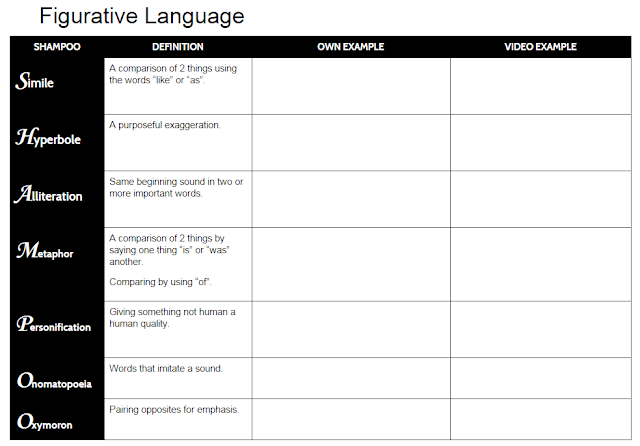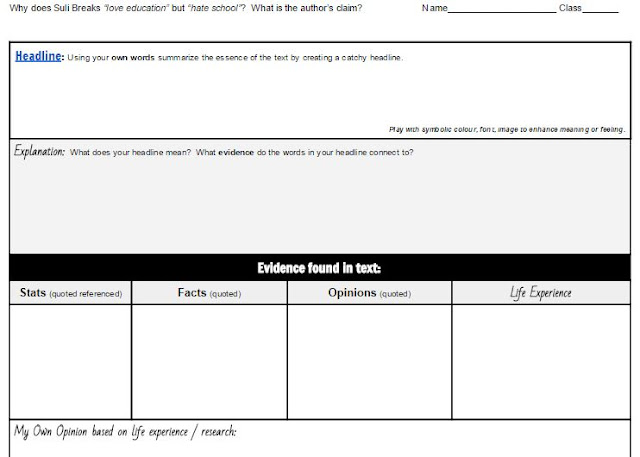Why is Poetry Important to People?
Students have began to explore this question by:
- viewing a spoken word poem, "If I should have a daughter," by Sarah Kay
- reading various poems - one being - "Reading Poetry," by Mary McIvor
- reading and viewing to understanding the Figurative and Literal with "The Fantastic Flying Books..."
We have been practicing identifying figurative language. Simile / Metaphor and Personification activities can be found in Google Classroom.
After watching "The Fantastic Flying books of Morris Lessmore" students discussed the symbolism.
See image below:
We also discussed the difference between main idea and theme. Students defined main idea as what the text is mostly about. And theme as the author's message that is based on the main idea.
We determined that the main idea of the story was "relationships with books".
Students did some free writing to explain what they thought the author was trying to tell people about "relationships with books". See Mrs. Anderson's example below:
We also helped Mrs. Anderson assess her work based on criteria for this paragraph. Students took these steps to give feedback:
- Read the writing
- Think about which level it seems to fit best
- Highlight a couple of areas to improve in the text
- Not what needs changing for IDEAS and SUPPORT
- Share with a partner to see if the feedback make sence
- Record specific feedback on rubric
See feedback below:
Today we watched a student selected spoken word poem by Shane Koyczan, "Heaven or Whatever" and we discussed why poetry is important to spoken word poets. Students thought it was mainly to:
- express feelings
- figure things out
- think about life
- connect with others
We then thought about what connections we could make to this poem. We realized that there is always a message from the author, even if it's difficult to find.
We examined Mrs. Anderson's 2nd draft of her theme paragraph from "The Fantastic Flying Books..." to see if the improvements she made followed students advice from the previous day.
See the writing below:
Next, students will examine their own writing and make improvements. Adding paraphrased examples from the text, explaining how they connect to the theme and relating this back to life.
Today we worked on theme paragraphs and reviewed figurative language using a Youtube Video, "Figurative Language Pop Culture 2014". Student completed the chart below:







































